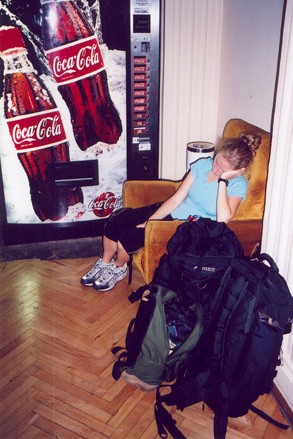
Warsaw, Poland

International travel can take its toll on a person. Jamie crashed in this chair once we finally got to our Warsaw hostel (plane, two different buses, long walk) and we had to wait an hour before our room was ready.
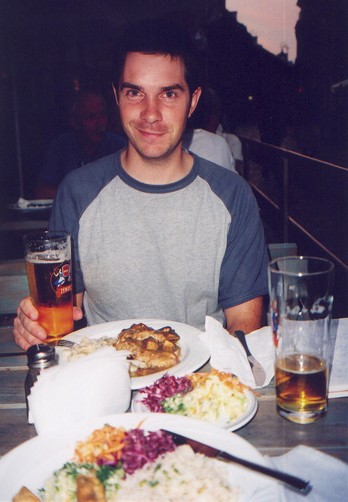
After a short nap we headed to the old town where we had our first meal of the trip.
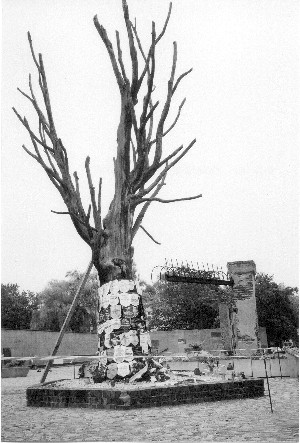
Outside of what is left of Pawiak prison (mentioned many times in a book I just finished - Mila 18). The prison served as Gestapo headquarters during the war where over 100,000 Poles were imprisoned and tortured, with 37,000 being executed and another 60,000 transferred to concentration camps. This tree stands as a memorial. You can see it is covered in plaques.
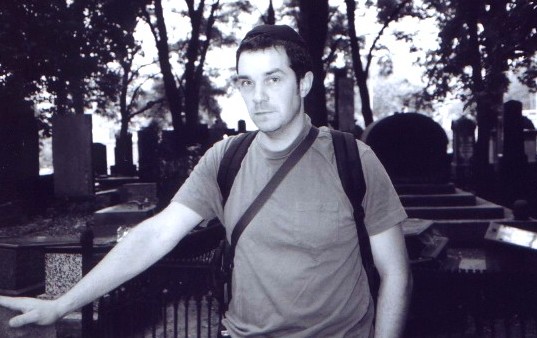
Entering the Jewish cemetery I was asked to wear the first of a couple yamikas I would wear on the trip. Jamie made me get my picture taken.
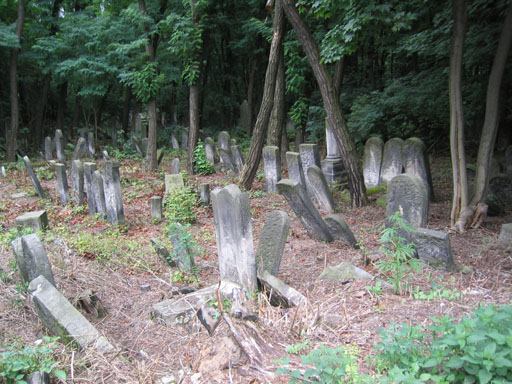
Jewish cemetery, final resting place for 250,000 Warsaw Jews.
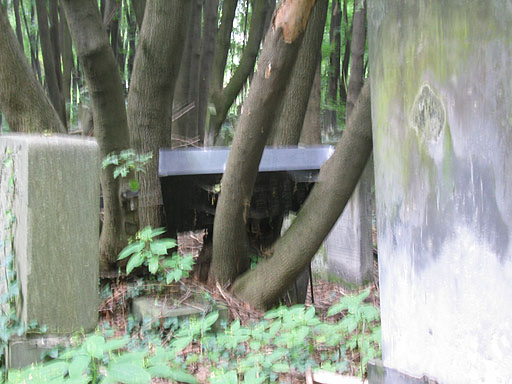
Trees seem to have grown all around the tombstones, knocking them over, lifting them up (see above for a tombstone entirely off the ground). This creates the strange feeling of coming upon an abandoned graveyard in the middle of the woods. VIDEO 3.6 MB
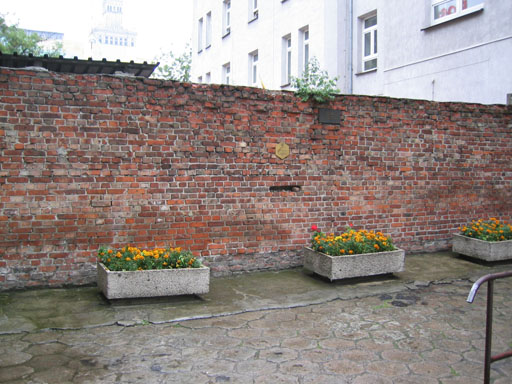
The only remaining section of the Warsaw Jewish ghetto wall might not be much to look at, but we sure had a dickens of a time trying to find it. Turns out it was in a (locked) courtyard, not viewable from the sidewalk. We got into the courtyard only because someone who lived there was leaving and he opened the door for us.
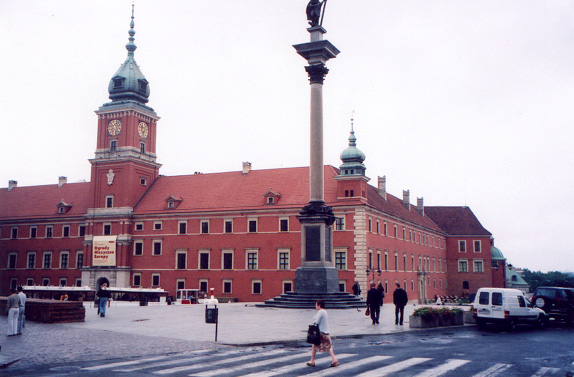
Here is the Royal Castle, rebuilt in the 1970's after being destroyed by the Nazis in 1939. Fortunately, many citizens risked their lives hiding original art works, furniture, and other treasures hoping one day they could be returned. This wise thinking paid off and those items are now on display. We took a tour of the King's apartments, throne room, and the Marble room.
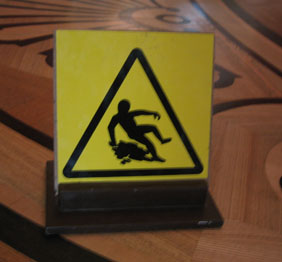
"No explosive diarrhea!" indicated a sign in the palace.
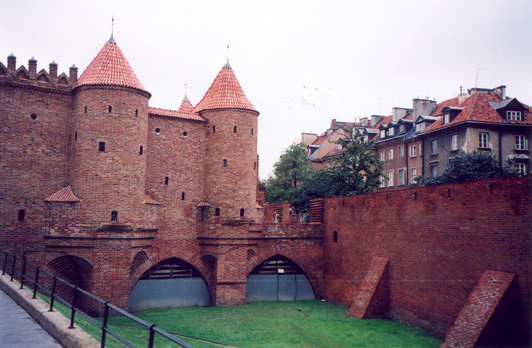
Much of Warsaw is fairly new, but I believe this wall and towers were not destroyed during the war. This wall is just part of the wall around the old town, and I think an example of 16th century Polish fortification.
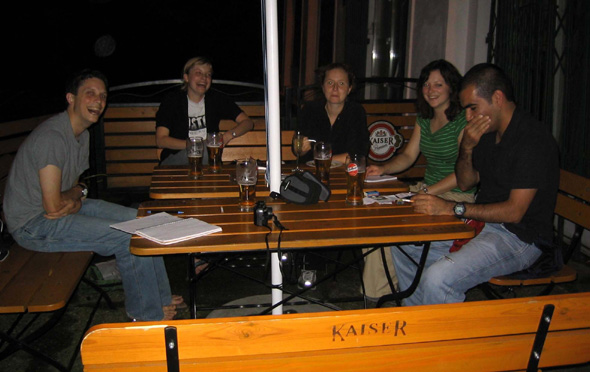
Having a few drinks at a bar near our hostel.
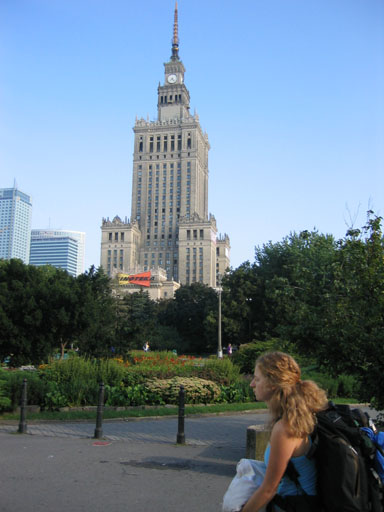
The Palace of Science and Culture, visible from nearly any part of Warsaw, is a 70-story Stalinist Gothic work that I think is kind of considered an eyesore.
Next Page: Krakow